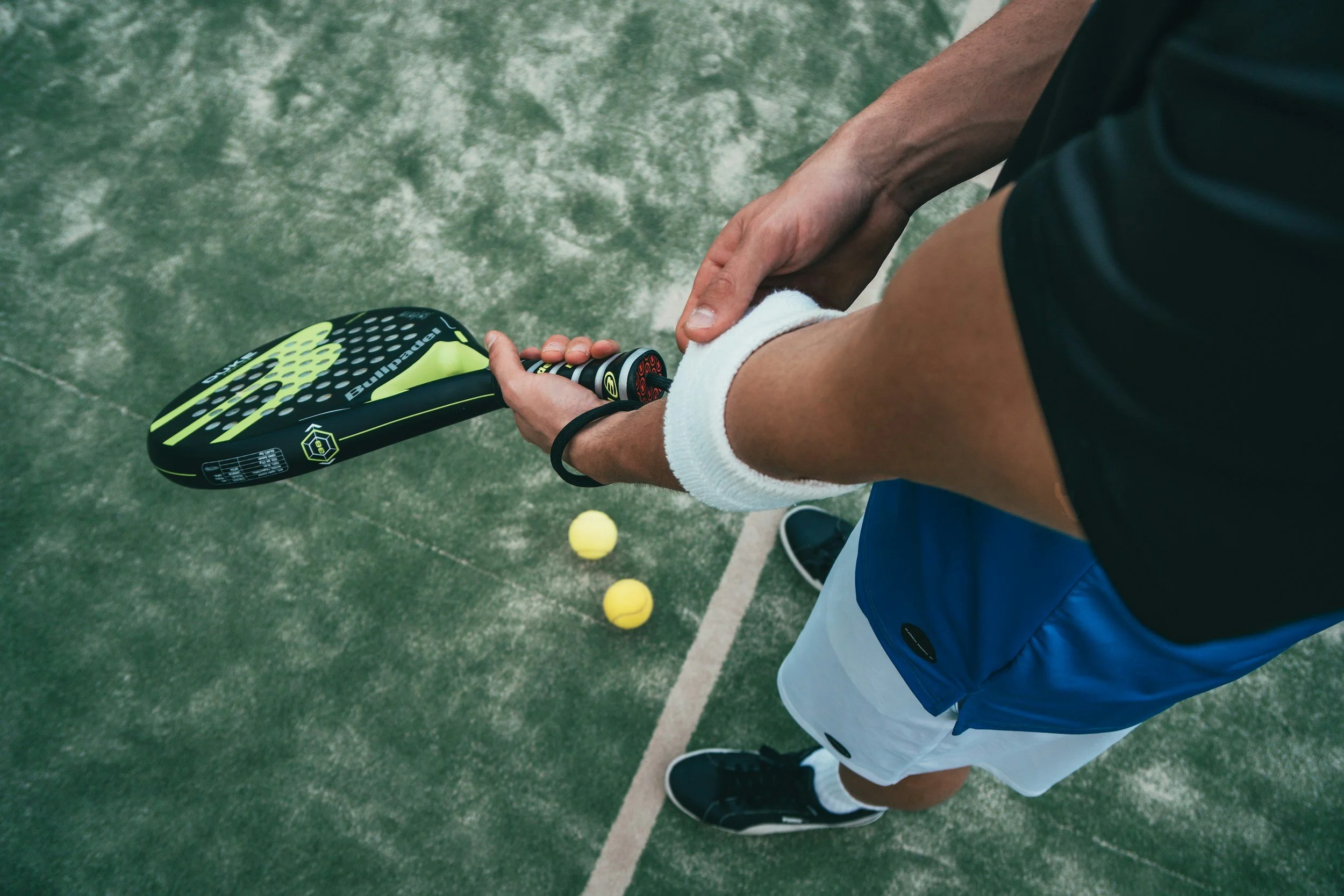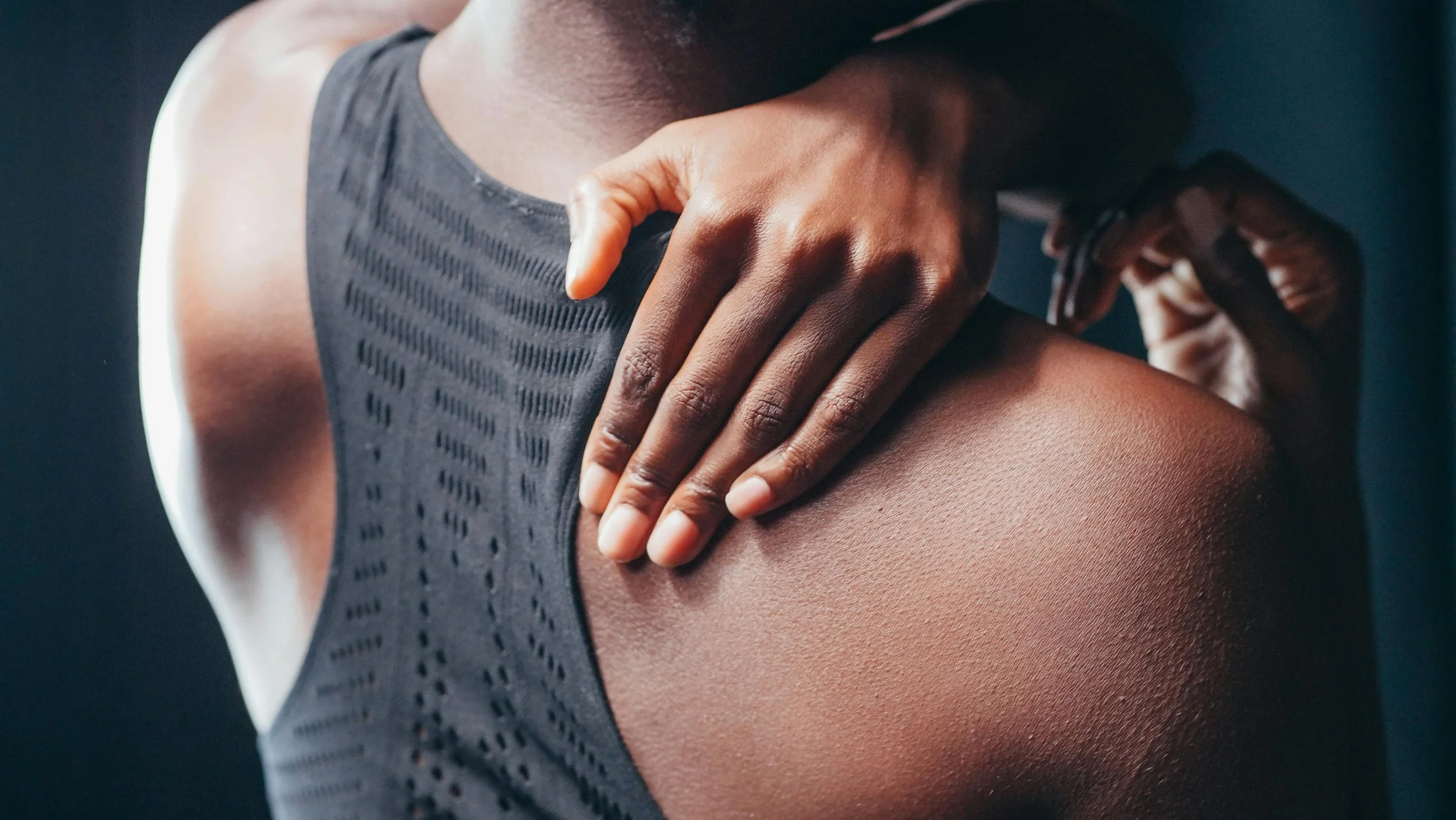Injury Prevention for Players: The Role of Equipment
Padel, with its fast-paced rallies and dynamic movements, offers a thrilling experience for players of all ages and skill levels. However, the sport's intensity also brings the risk of injuries. For sports centre owners and managers, ensuring the safety and well-being of your players is paramount. Promoting the use of appropriate equipment can significantly enhance injury prevention and improve the overall player experience.
Common Injuries in Padel
Understanding the most common injuries in padel is the first step in preventing them. Here are some injuries frequently seen among padel players:
Tennis Elbow (Lateral Epicondylitis):
Overuse of the arm muscles and tendons, often from repetitive strokes.
Shoulder Injuries:
Strains or tears in the rotator cuff due to frequent overhead shots.
Ankle Sprains:
Twisting injuries from sudden changes in direction.
Knee Injuries:
Strains or sprains from rapid lateral movements and jumps.
Lower Back Pain:
Resulting from the rotational movements and bending.
The Importance of Appropriate Equipment
Rackets:
Weight and Balance: Using a racket with the appropriate weight and balance for the player's skill level and physical condition can reduce strain on the arm and shoulder. Lighter rackets are generally easier to handle, especially for beginners, while more advanced players might prefer a heavier racket for increased power.
Grip Size: Ensuring the racket has the correct grip size is crucial to prevent overuse injuries such as tennis elbow. A grip that is too small or too large can cause the player to exert unnecessary force, leading to strain.
Footwear:
Support and Cushioning: Proper footwear with good arch support and adequate cushioning can significantly reduce the risk of ankle sprains and knee injuries. Shoes specifically designed for padel or court sports provide better traction and stability.
Fit and Comfort: Ill-fitting shoes can lead to blisters, calluses, and other foot problems. Encourage players to choose shoes that fit well and are comfortable for extended play.
Protective Gear:
Ankle Braces: For players prone to ankle sprains, wearing ankle braces can provide extra support and prevent re-injury.
Knee Supports: Knee supports or braces can help stabilise the knee joint, particularly for players with a history of knee injuries or those who perform many lateral movements.
Clothing:
Breathable Fabrics: Encourage the use of clothing made from breathable, moisture-wicking fabrics to help regulate body temperature and prevent overheating.
Proper Fit: Clothing that fits well allows for unrestricted movement and reduces the risk of skin irritation or injury.
Maintenance and Quality
Regular Inspections:
Ensure that rackets, shoes, and other equipment are regularly inspected for wear and tear. Damaged equipment can compromise player safety and performance.
High-Quality Materials:
Invest in high-quality equipment from reputable brands. Quality materials are more durable and provide better protection and performance.
By prioritising the use of appropriate equipment, sports centres and clubs can create a safer, more enjoyable environment for padel players. Not only does this approach enhance player satisfaction and performance, but it also fosters long-term loyalty and engagement with the sport. For further assistance in selecting and maintaining padel equipment at your facility, please contact us for expert advice and support.
*This information is provided for general guidance and is not intended as professional medical advice. Players should consult with a healthcare provider for specific medical recommendations and concerns.



